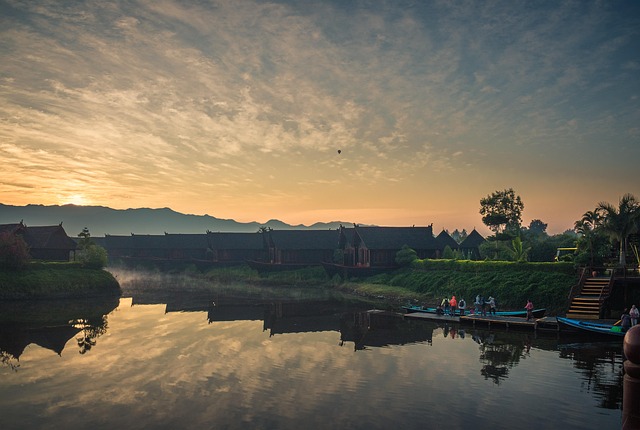Welcome to the Wonderful World of Exotic Fishkeeping!

Exotic fishkeeping, the art of maintaining aquariums dedicated to rare, unique, and sometimes challenging fish species, is a deeply rewarding yet demanding hobby. It requires moving beyond the simple goldfish bowl to create meticulously controlled environments that replicate the natural habitats of these stunning creatures. This guide provides the essential foundation to embark on your fishkeeping journey successfully.
Choosing Your Fish: Research is Non-Negotiable
Before falling in love with a particular fish, thorough research is absolutely critical. Different species have vastly different needs regarding tank size, water parameters (temperature, pH, hardness), diet, and compatibility with tankmates. For example, an Oscar fish needs a large tank (75+ gallons) and can be aggressive, while Neon Tetras thrive in groups in softer, acidic water. Ignoring these specific needs can lead to stress, disease, and untimely loss of your fish.
- Ultimate Adult Size: Will the fish comfortably fit in your tank when fully grown?
- Natural Habitat & Water Parameters: What specific temperature, pH, and hardness levels do they need?
- Dietary Requirements: Are they carnivores (like Bettas), herbivores (like Otocinclus), or omnivores (like Angelfish)?
- Temperament & Compatibility: Are they peaceful community fish, semi-aggressive, or predatory?
Setting Up the Ideal Aquatic Environment

Creating the right environment is the bedrock of healthy fishkeeping. This involves careful selection of the tank, filtration, heating, lighting, substrate, and décor to match your chosen species' needs.
- Tank Size: Choose a tank appropriate for the adult size, activity level, and potential tankmates of your chosen species. Bigger is often better.
- Filtration: Invest in a high-quality filter rated for your tank size (or slightly larger) to process waste effectively. Consider hang-on-back, canister, or sponge filters depending on your setup.
- Heater: Most exotic fish are tropical and require a stable temperature, usually maintained with an aquarium heater.
- Lighting: Select lighting suitable for viewing your fish and supporting any live plants you intend to keep.
- Substrate: Use sand, gravel, or specialized substrate appropriate for your fish (e.g., sand for bottom-dwellers) and plants.
- Aquascaping: Decorate with rocks, driftwood, caves, and plants (live or artificial) to provide hiding places, reduce stress, and mimic their natural environment.
Maintaining Pristine Water Quality: The Golden Rule

Stable, clean water is arguably the *most* critical factor in keeping exotic fish healthy. This requires understanding the nitrogen cycle and performing regular maintenance.
Key Water Maintenance Steps:
- Condition New Water: Always treat tap water with a dechlorinator to remove chlorine and chloramine before adding it to the tank.
- Clean the Substrate: Use a gravel vacuum during water changes to remove accumulated waste and uneaten food.
- Regular Water Changes: Replace 25-50% of the tank water weekly or bi-weekly, depending on your tank size, stocking level (bioload), and filtration.
- Monitor Parameters: Regularly test your water using a liquid test kit for ammonia, nitrite, nitrate, and pH to ensure levels are safe for your fish.
Feeding Your Fish: A Balanced and Varied Diet
Provide a varied diet appropriate for your species' nutritional needs to ensure optimal health, growth, and coloration. Research whether they are herbivores, carnivores, or omnivores. Offer a mix of high-quality commercial foods (flakes, pellets) supplemented with frozen or live foods like bloodworms, brine shrimp, daphnia, or blanched vegetables (for herbivores/omnivores).
Continuing Your Journey: Resources for Learning
The world of exotic fishkeeping is vast and constantly revealing new insights. Continuous learning is vital for providing the best care. Explore reliable online forums, books, and the resources below.